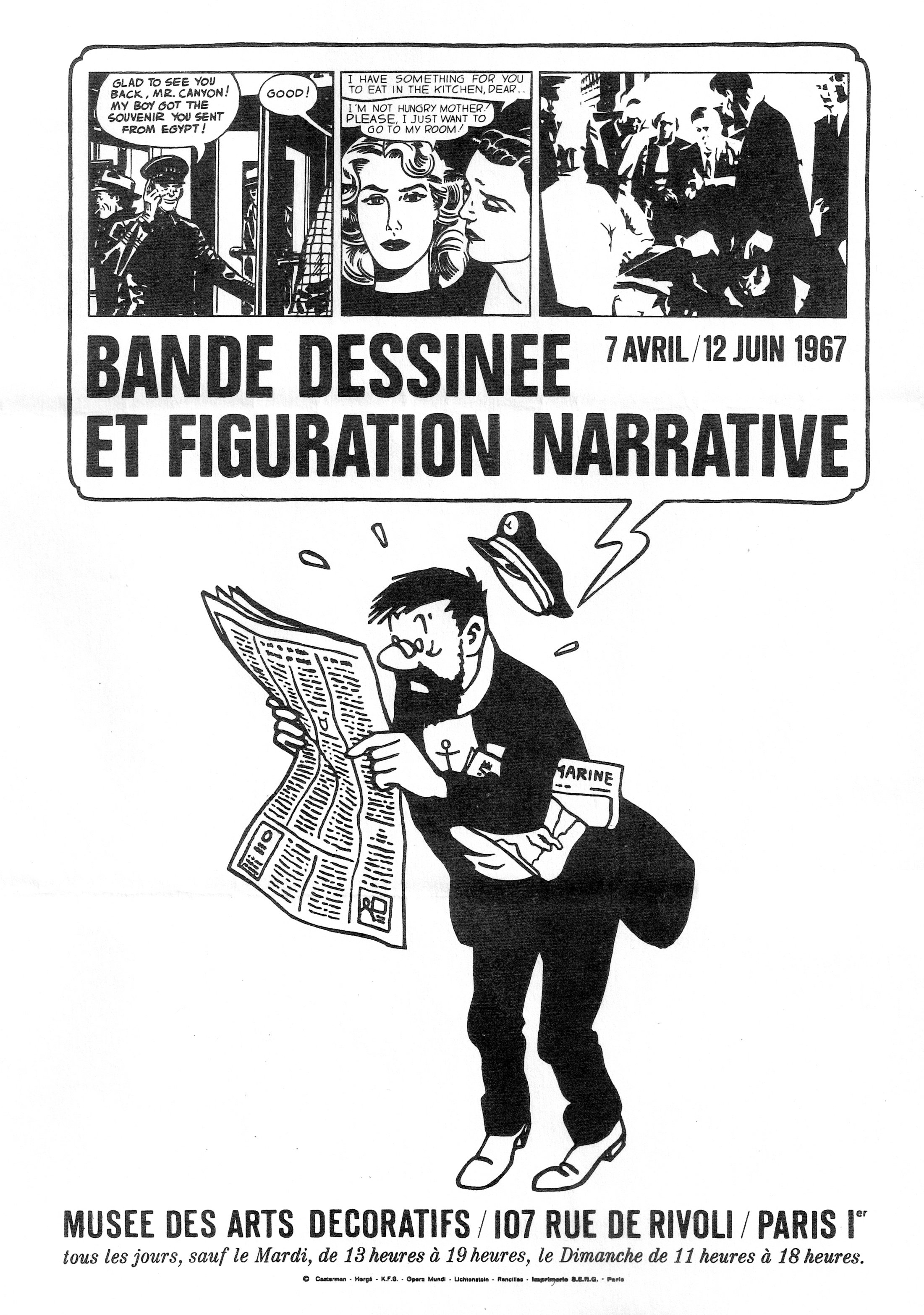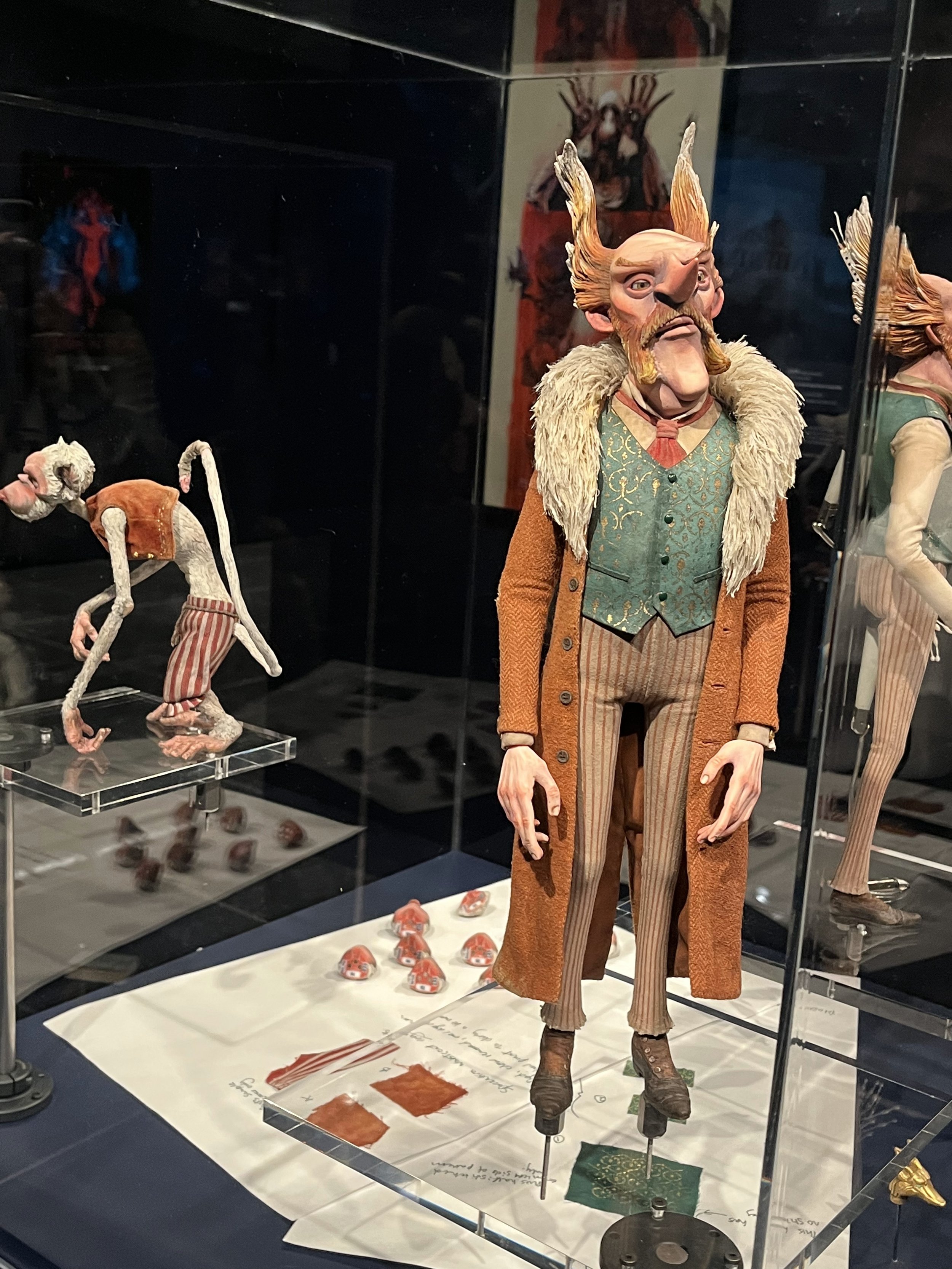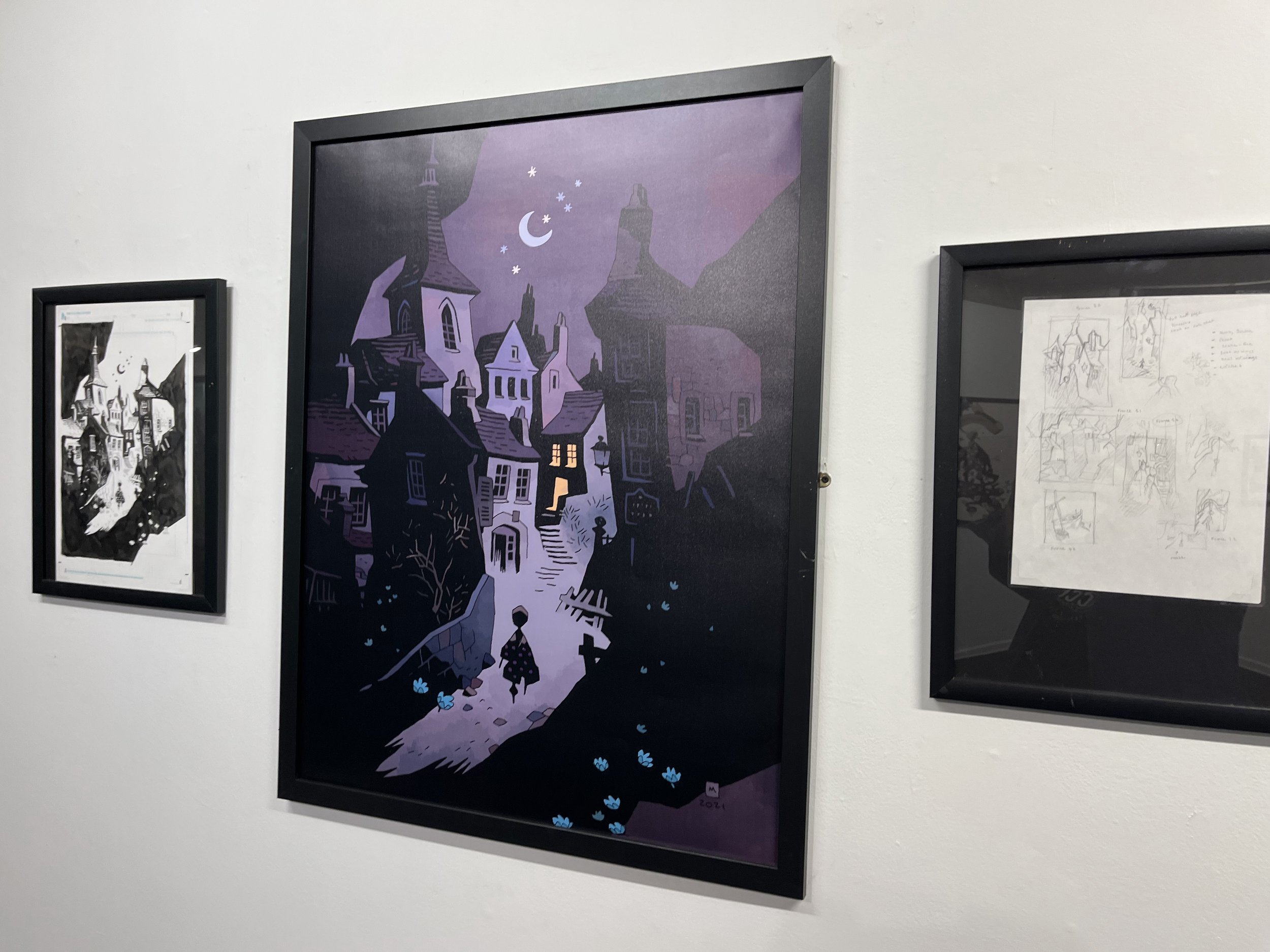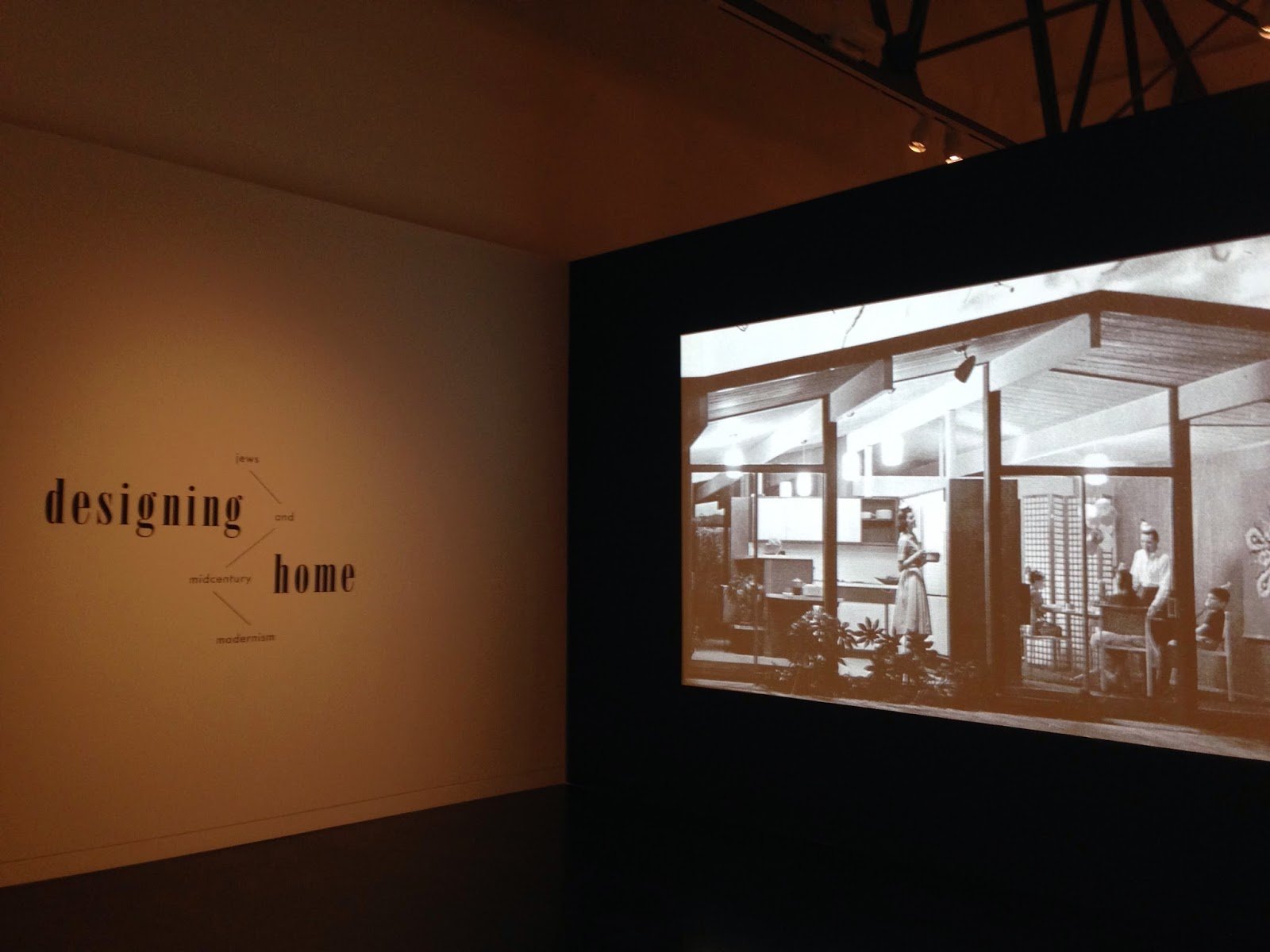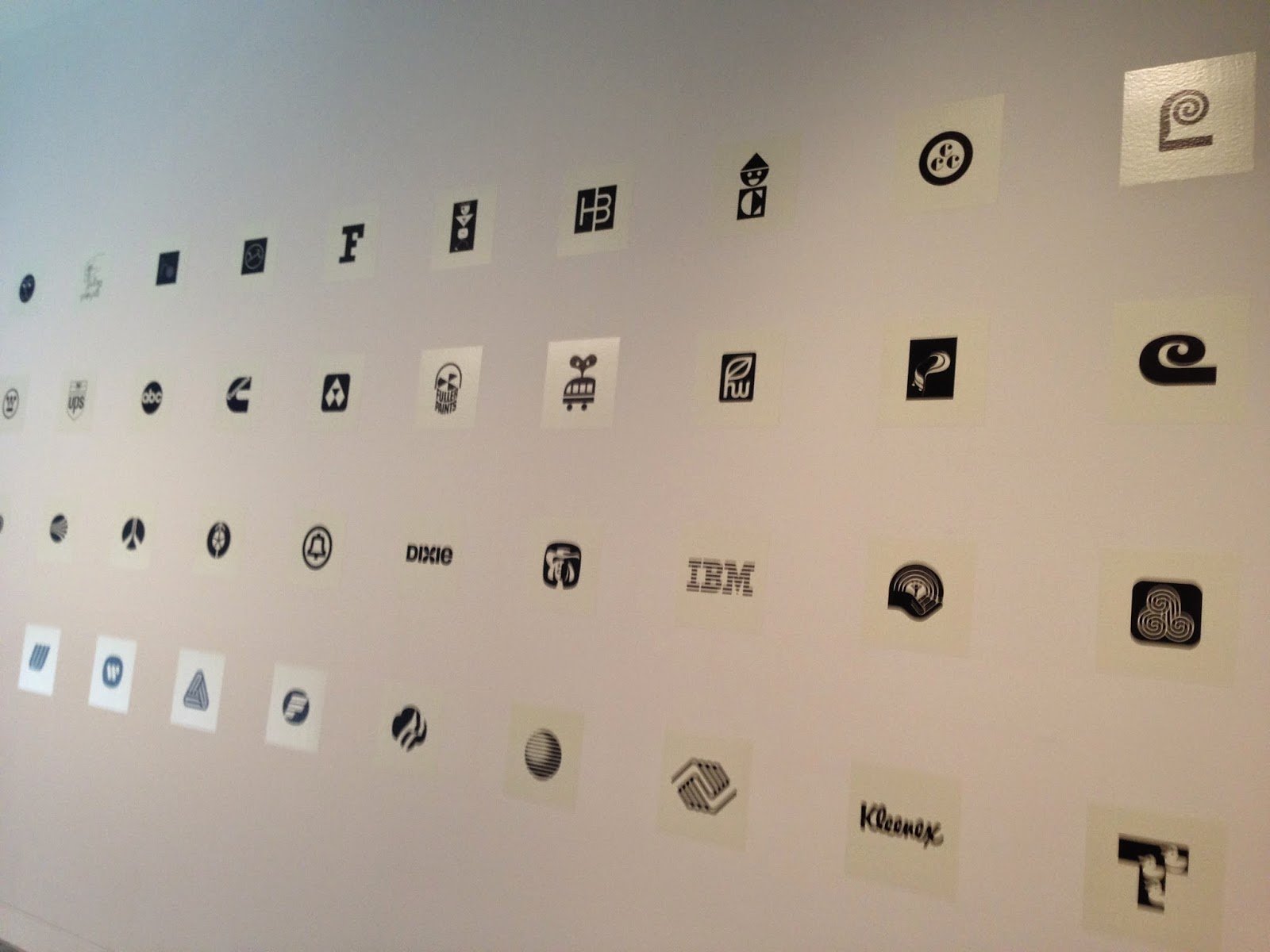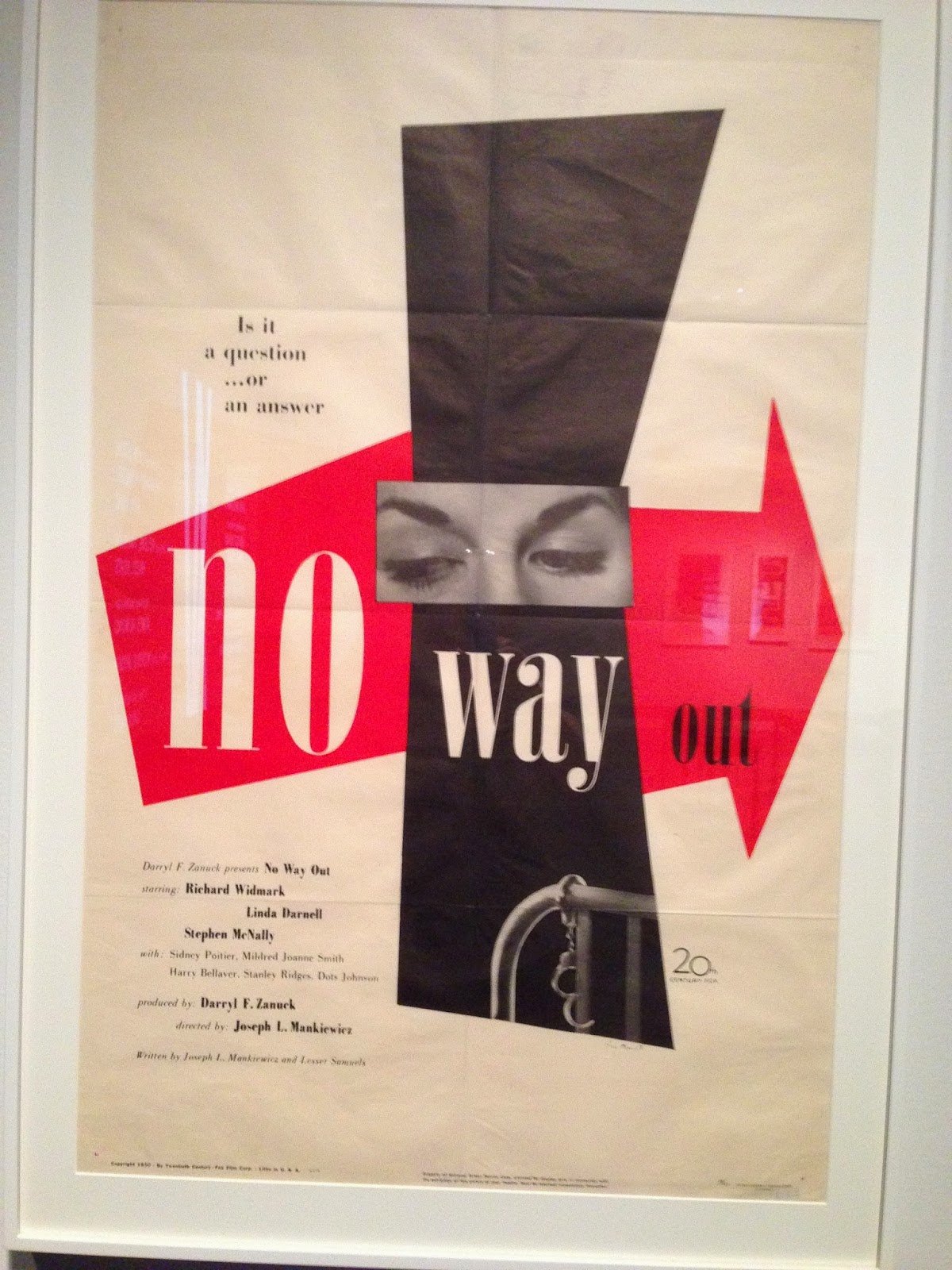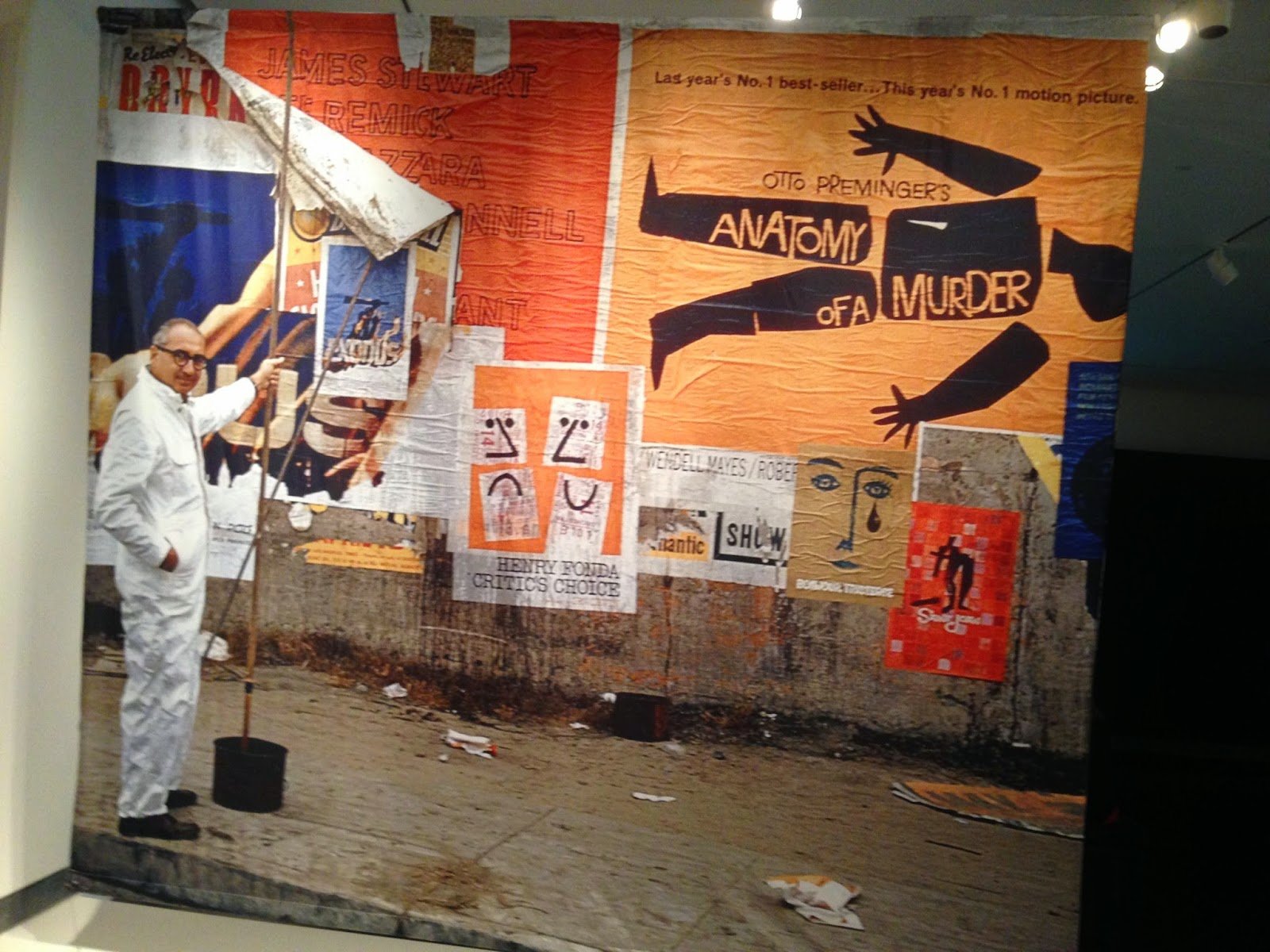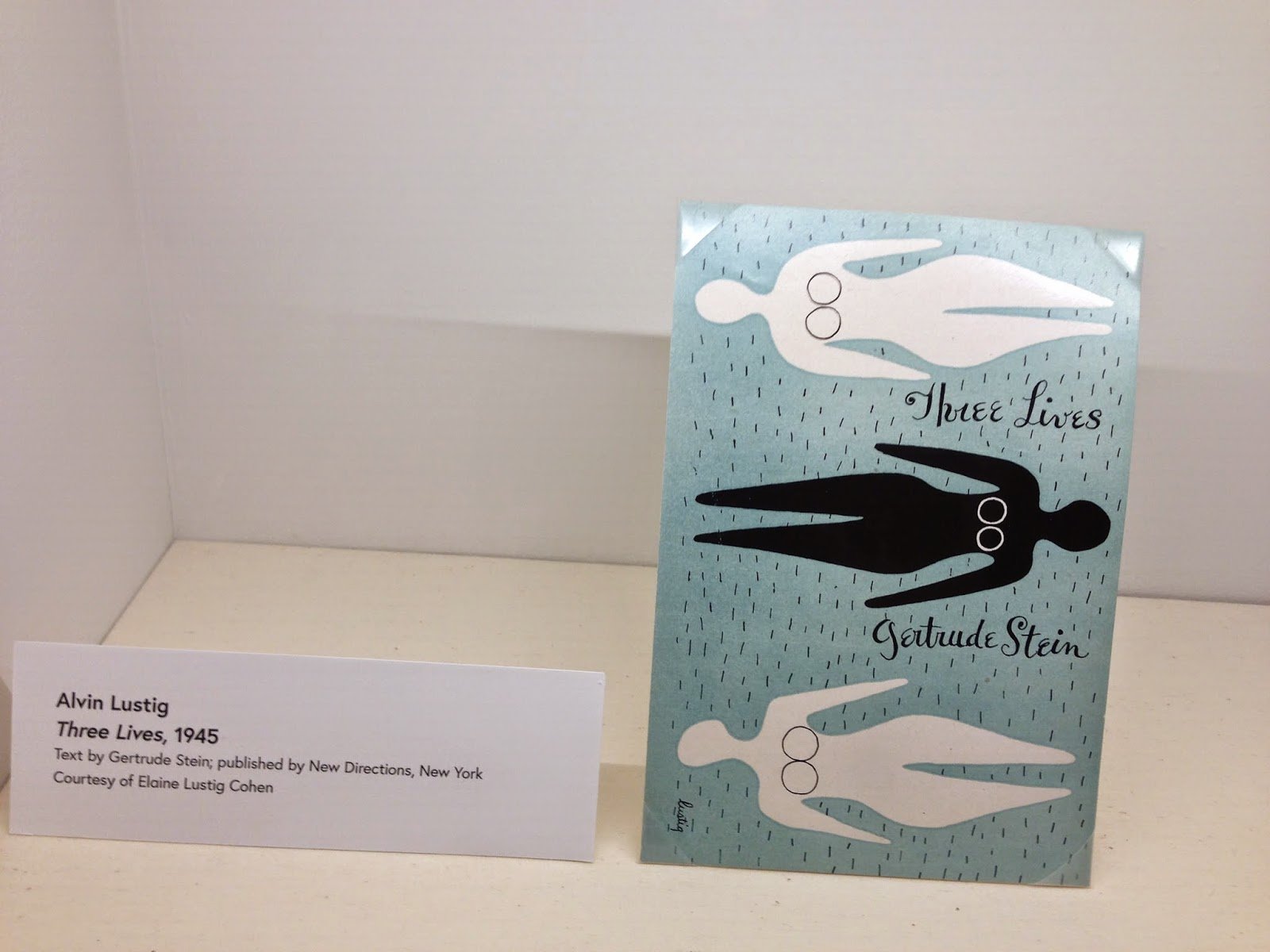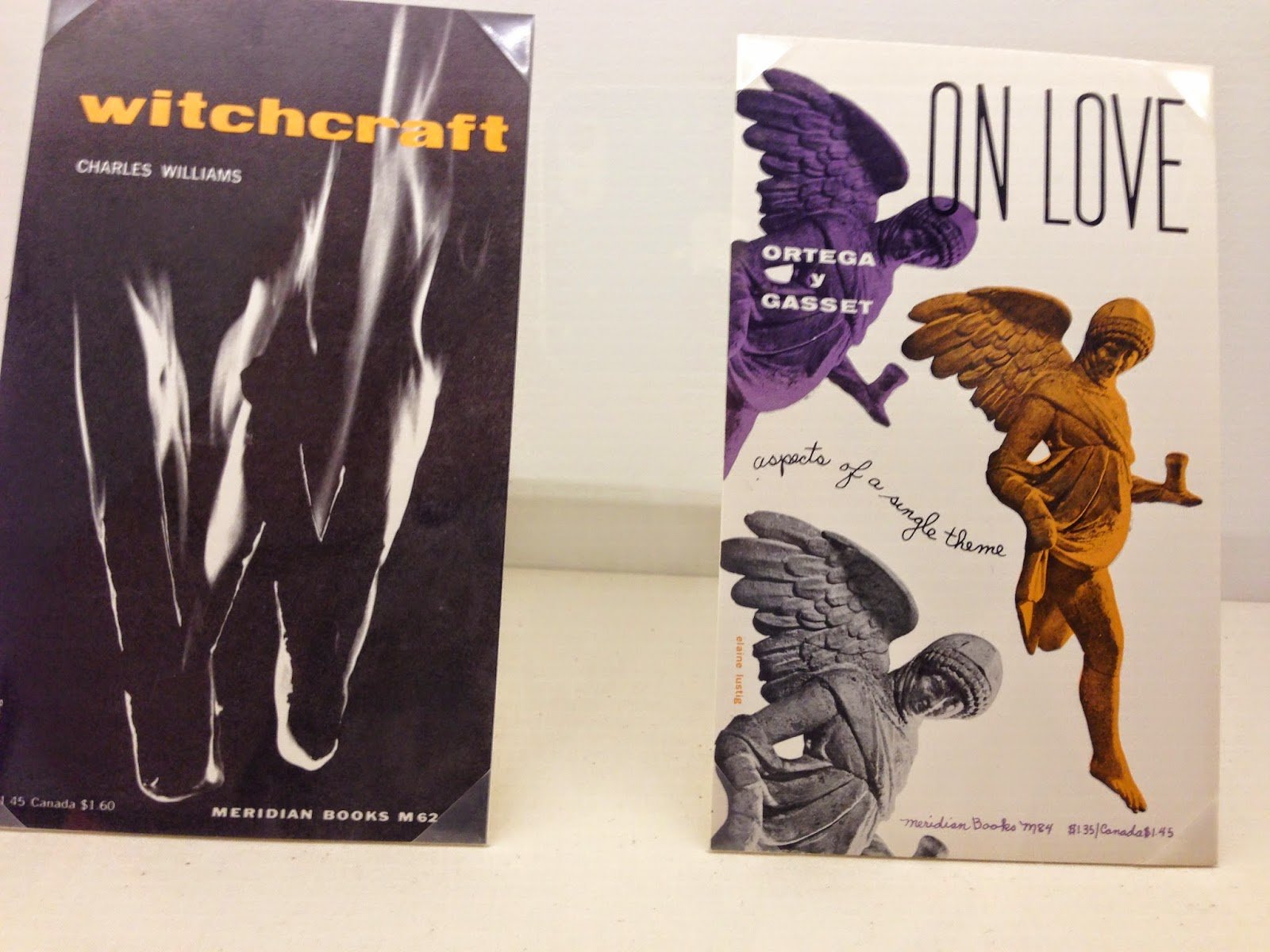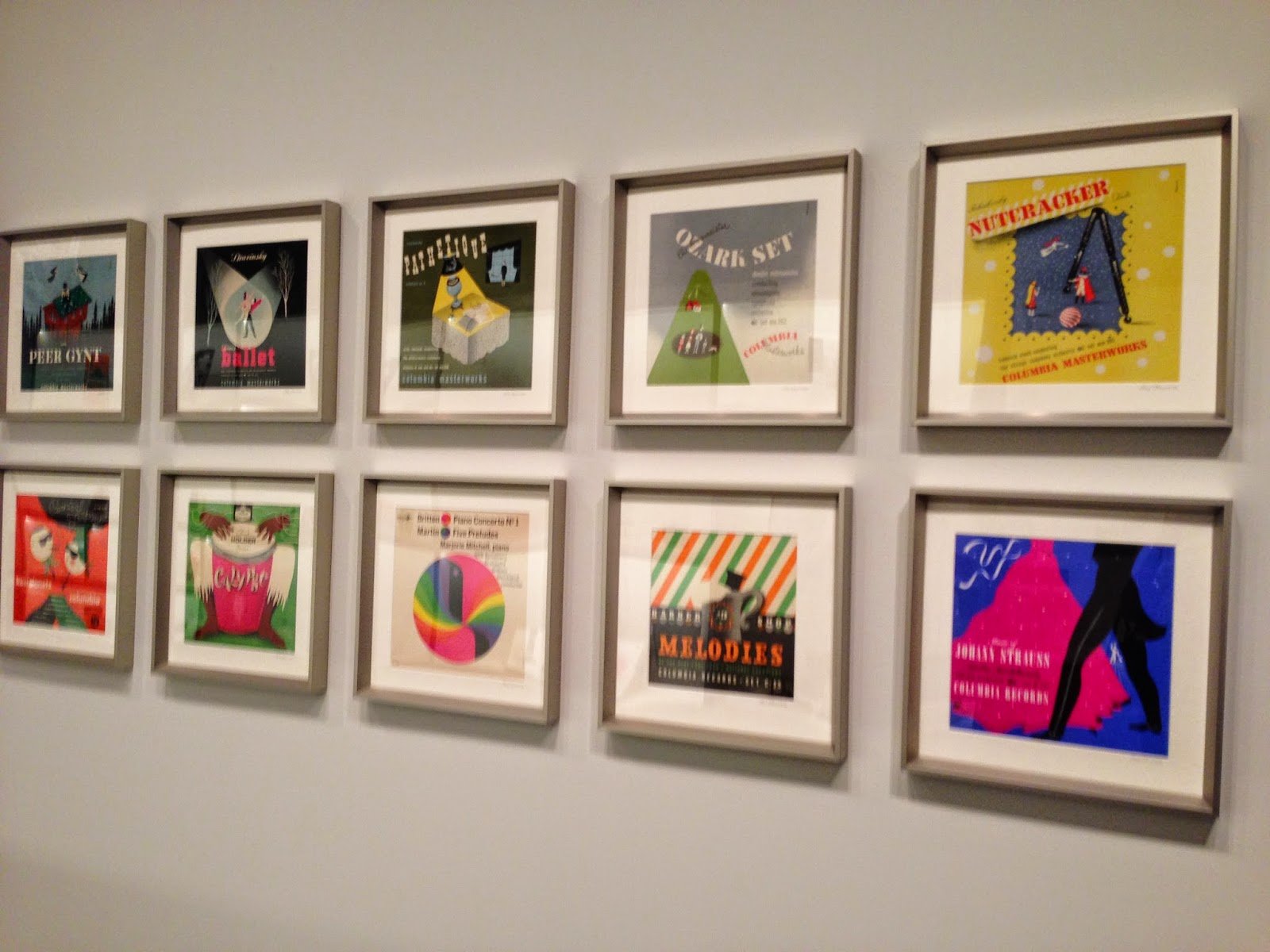Farewell to Maurice Horn
/Maurice Horn as M’sieu Toute in a 8/26/1968 Steve Canyon strip by Milt caniff. “He was named Toute because he toots his own horn” Maurice told me. He was very proud of this REOCCURRING character.
I was sad to hear of the passing of the French comics historian Maurice Horn on 12/30/2022 in New York after a long illness. He was 97 (obit by Andrew Farago on TCJ). My essay “Maurice Horn: A Memorial,” published in the International Journal of Comic Art (Spring 2023), includes the recollections of his younger brother Pierre Horn.
He was a controversial figure and an important pioneer in comics studies and exhibitions. I interviewed him several times and visited his New York home for the 2016 article I wrote about Horn and his publications. He was always charming and helpful. The last time I saw him in person was in 2015. Danny Fingeroth, my husband Marc Greenberg and I met Maurice for dinner at a bistro in his upper West Side neighborhood. May he rest in peace.
A few of horn’s best-known books. A History of the Comic Strip helped spark a new wave of comic art exhibitions in the 1970s, including his own ny exhibit 75 Years of the Comics (1972). Long after these titles were published, I persuaded him to write a sidebar for the Routledge Handbook of the Secret Origins of Comics Studies. I think this was the last writing by him that was published.
Horn was best known for his 1976 encyclopedia. it had numerous flaws but many people say it was their first exposure to the wide world of international comics.
Horn was one of the last surviving members of the French Fan Club that produced this breakthrough 1967 exhibit. He was an important connection to US cartoonists like Milt Caniff and Byrne Hogarth. A History of the Comics Strip was the English translation from this show’s catalog.
Before Horn moved to the US and embarked on his career as a historian, he and claude moloterni wrote a series of mystery novels.under the pen name franck Sauvage (inspired by Doc Sauvage). they were so successful that they had a radio show.
My last communication with him was this pretty holiday greeting from the Central park conservancy in 2017.




